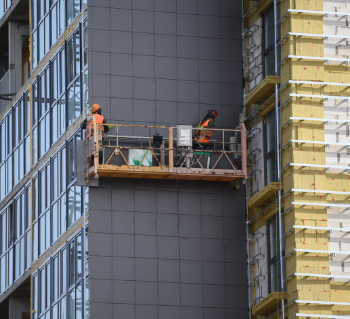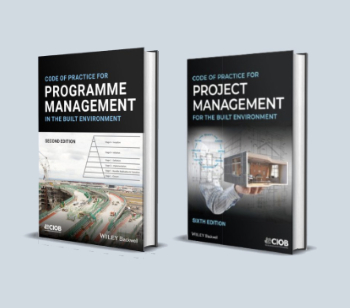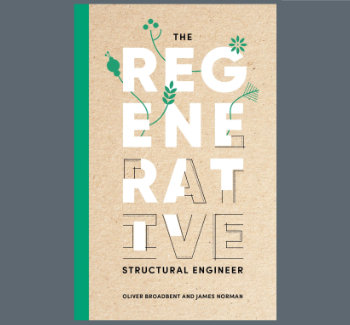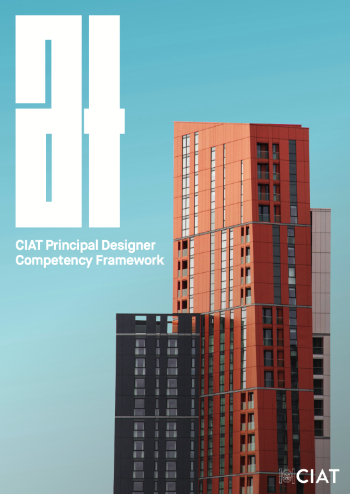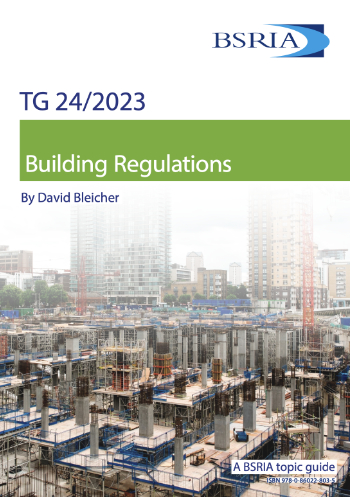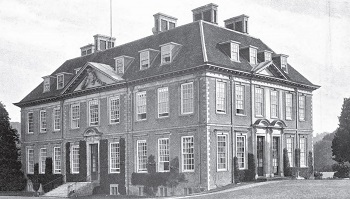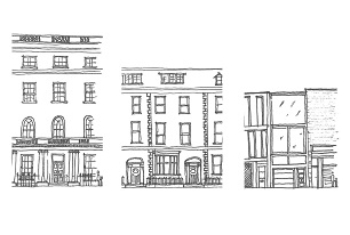Loss and expense
According to JCT - Standard Building Contract , in Article 4.23 ...if Contractor incurs or likely to incur loss and expense for which he would not be reimbursed under any provision in these Conditions due to regular progress of Works or any part of them has been or is likely to be materially affected by any of the Relevant matters the Contractor may make an application to the Architect/Contract Administrator. If Architect is of the opinion that regular progress has been or likely to be materially affected ... issues a variation instruction.
in 4.24, a Relevant Matter is described to include the matter described above which is not initiated by Architect directly.
In 5.2, it is mentioned in text, Variations required by direct Architect's instructions as identical to ones (first encountered by Contractor as "differing site conditions" and brought to Architects attention) subsequently sanctioned by Architect in writing ( as a valid variation).
Thus, as opposed to many articles about JCT's being mute about "unforeseeable ground conditions") JCT includes "unforeseeable or differing site conditions clause " as a loss and expense item. Variation is normally considered as a modification of design, quality or quantity of Works instructed by Architect. For unforeseeable ground conditions, It is requested by Contractor first and then, ascertained and instructed by Architect as variation. If it is not instructed, it is a claim.
Therefore, please include "differing site conditions" as a loss and expense item in your list. It is like this in all English and American standard contracts except fidic silver book. This will make your list meaningful and complete.
Thankyou for your comment and just to clarify. Are you agreeing with the two statements below ?
'Unforeseen Ground Conditions: An example of how the NEC Contract form is more balanced is that NEC Contracts provide that the discovery of unexpected ground conditions, which even an experienced Contractor could not have foreseen at the date of the contract, constitutes a Compensation Event. JCT Contracts have no equivalent clause, which therefore mean that the risk for unexpected ground conditions on site is a Contractor’s Risk and the discovery of any unexpected ground conditions will normally mean the Contractor has no entitlement to an extension of time for completion of the works or any additional cost.' (source https://c-link.com/blog/jct-vs-nec/)
'Unexpected Ground Conditions: NEC Clause 60.1(12) provides that the discovery of unexpected ground conditions, which an experienced Contractor would have judged, at the date of the contract, had such a small chance of occurring that it would have been unreasonable to allow for them, constitutes a Compensation Event.
The JCT suite of contracts has no equivalent clause meaning that the risk of unexpected ground conditions on site is a Contractor's risk and that the discovery of any unexpected ground conditions will not normally entitle a Contractor to any extension of time for the completion of the works or any additional costs." (source:https://www.bevanbrittan.com/insights/articles/2017/jct-relevant-events-v-nec-compensation-events/)
in that if the contractor acts independently without written approval from the architect as a variation then it is not a cause for loss or expense. However if the Architect accepts and approves the unexpected ground conditions as a variation an issues this then it is a cause for loss or expense ?
I do note though that page 597-600 of Construction Law By Julian Bailey (pages can be found by ecosia or google search)
'UNFORSEEN SITE CONDITIONS 97'
8.37 notes that differing project types will have differing risks associated with site conditions.
8.38 notes that allocating of such risks will depend of the relationship between parties.
8.39 notes it is not uncommon for contracts to expressly allow contractors to claim loss and expense. However it also states within certain time periods state in the contract.
8.40 Deals with the definition of if it was reasonably foreseeable
8.41 The contractors responsibly for investigating site conditions.
8.42 Discusses that having investigated, the contract may infer the risk to the contractor ( or make allowances otherwise)
So in summary it rests on if the request by Contractor is instructed by Architect as a variation but if not instructed, it's allowance as a claim will depend on the specifics stated in the contract and in the JCT standard they are not.
I'm therefore not sure if including this is appropriate because it would be based on the approval of the variation from the Architect rather than if you like directly as an item, but happy to hear a if anything has been missed here. Perhaps it could be added so long as the above assumptions are also added for reference (but this may complicate things somewhat?). Is that a reasonable understanding and approach ?
You must sign in or register to edit or comment on an article
Return to Talk:Loss and expense.
Featured articles and news
For the World Autism Awareness Month of April.
70+ experts appointed to public sector fire safety framework
The Fire Safety (FS2) Framework from LHC Procurement.
Project and programme management codes of practice
CIOB publications for built environment professionals.
Sustainable development concepts decade by decade.
The regenerative structural engineer
A call for design that will repair the natural world.
Buildings that mimic the restorative aspects found in nature.
CIAT publishes Principal Designer Competency Framework
For those considering applying for registration as a PD.
BSRIA Building Reg's guidance: The second staircase
An overview focusing on aspects which most affect the building services industry.
Design codes and pattern books
Harmonious proportions and golden sections.
Introducing or next Guest Editor Arun Baybars
Practising architect and design panel review member.
Quick summary by size, shape, test, material, use or bonding.
Types of rapidly renewable content
From forestry to agricultural crops and their by-products.
Terraced houses and the public realm
The discernible difference between the public realm of detached housing and of terraced housing.









